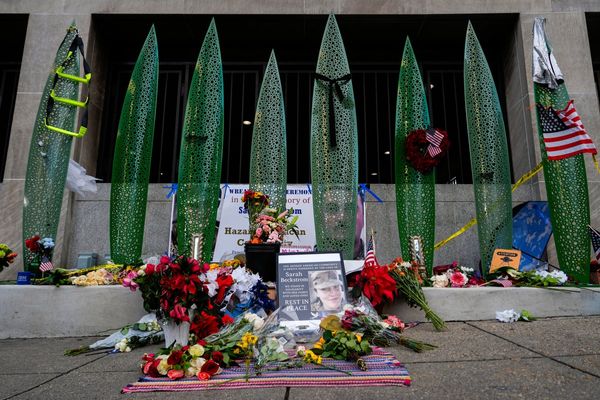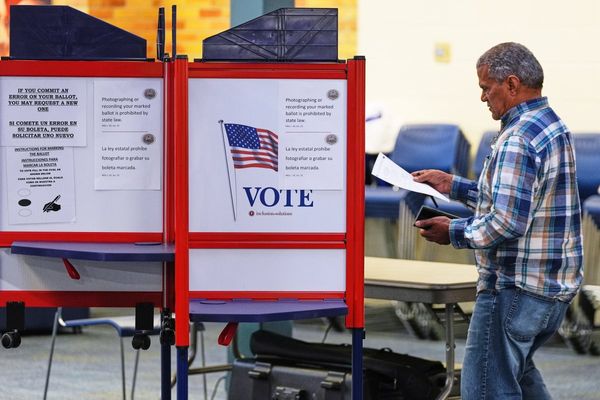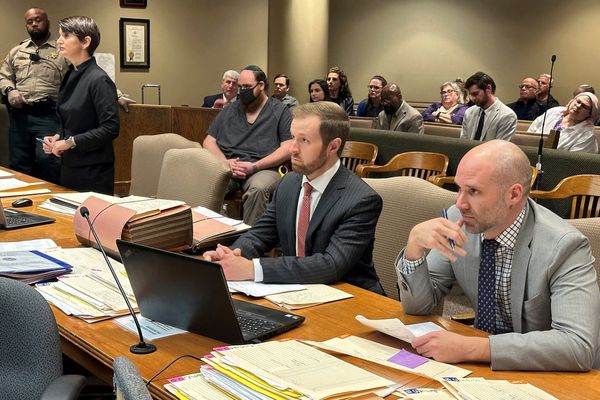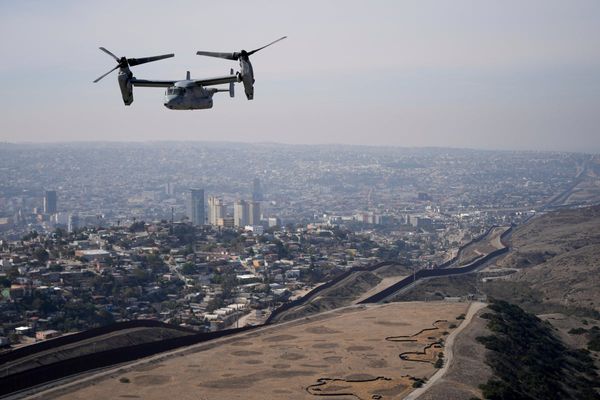
Some Americans could see more than fireworks on New Year’s Eve – as a mesmerizing northern lights spectacle has been forecasted across the Midwest.
A geometric storm is predicted to spark a glow over several states during celebrations and into the New Year.
It will be those in Washington, Idaho, Montana, North Dakota, South Dakota, Minnesota, Wisconsin, Michigan, Vermont, New Hampshire, and Maine, who could experience the best vantage points.
Those keen on spotting the Aurora Borealis should plan ahead and find an isolated spot away from light-polluted areas and firework displays if they want to gaze up at the breathtaking natural kaleidoscope.
According to the National Oceanic and Atmospheric Administration, “the aurora does not need to be directly overhead but can be observed from as much as 1000 km away when the aurora is bright and if conditions are right.”
Scientists say the aurora is likely to be visible over the northern arc of the U.S., into some states in the lower Midwest, stretching down to Oregon, said NOAA.
Skygazers in Northern Oregon, the lower Midwest, and in central New England could also be in for a chance to catch the light show.
New Yorkers could fall short of watching the spectacle as forecasters have predicted a damp start to 2025.
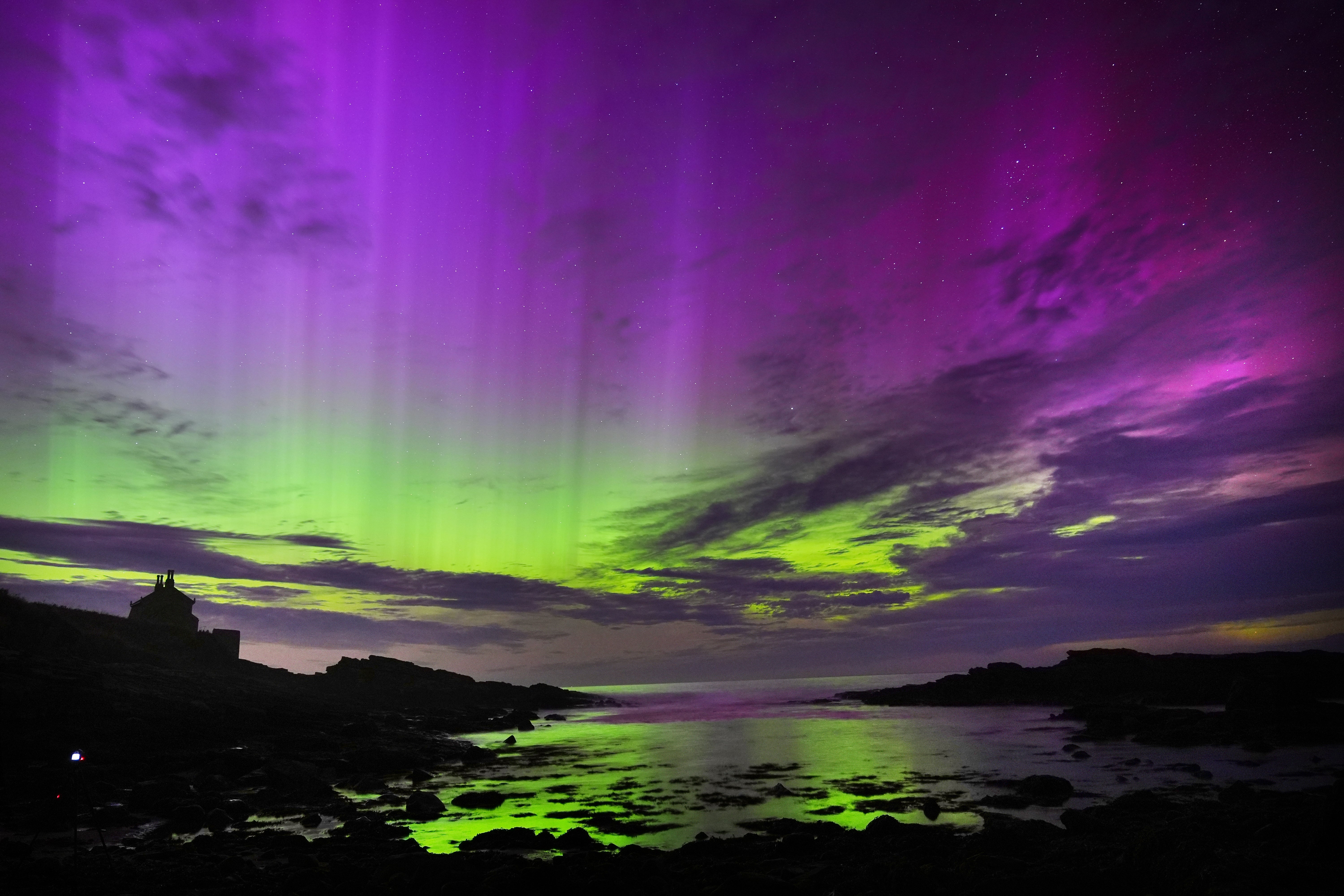
“If the geomagnetic field is active, then the aurora will be brighter and further from the poles. Geomagnetic activity is driven by solar activity and solar coronal holes and thus it waxes and wanes with time.”
Advice states that the best vantage point will be high up, on a hill for example, away from the fray of city lights and “with an unobstructed view toward the north”.
NOAA recommends that people go towards the magnetic poles – the north magnetic pole currently sits about 250 miles from the geographic pole in the islands of northeast Canada.
But observers need not panic as the aurora can be observed “hundreds of miles equatorward the actual aurora” to provide a great opportunity to glimpse above at the lights despite not being physically close to the poles.
While the window to catch the lights is relatively uncertain, forecasters have insisted that spectators venture out at night – specifically within an hour or two of midnight (between 10 PM and 2 AM local time).
According to scientists, these are the best hours when an active aurora will light up the sky into the early morning hours “as the level of geomagnetic activity increases”.
Watchers can expect to glare up at a mystifying variety of colors from a dazzling green to pink, blue, and purple.
Those planning to capture a glimpse of the spectacle can keep track of the light’s arrival on the Aurora Dashboard via the NOAA website.
